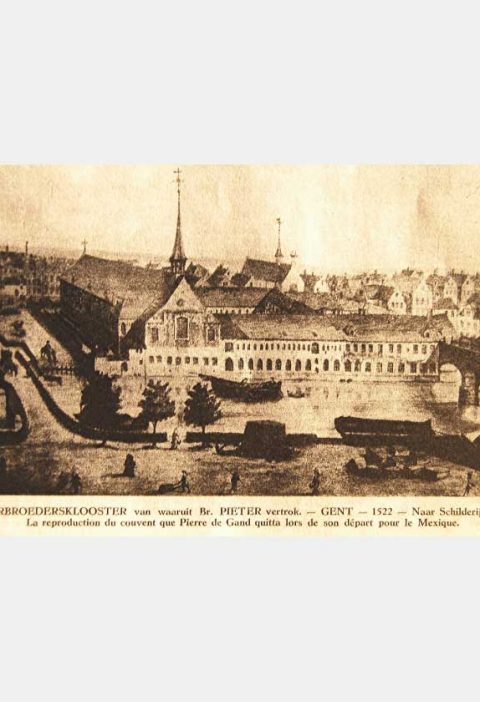Cafeteria of the aristocracy
By Óscar Quiroz
For the nineteenth century, coffee shops were the place to discuss ideas, poetic clubs, centers of conspiracy. Luis González Obregón tells us that “Outside the Plaza Mayor, in the most central streets and even in the most distant ones, where the spacious walls of the convents did not occupy the sidewalks; stores and accessories, opened their doors to commerce … And the most abundant then, because there were equally in the portals that in the streets closest to the Plaza or in the most remote neighborhoods, were the cafes; meeting centers for writers, military, clerics, and in general for idle people, who went to them, to drink the liquid black.”
One of the most important coffee shops of the 19th century was the Gran Café Restaurant de la Concordia, located on the streets of Plateros and San José el Real, now Madero and Isabel la Católica. It was located on the “dandys” corridor in the middle of the most luxurious hotels of the time, such as the Iturbide, from the La Sorpresa store, flanked by sweetshops, jewelers and the Jockey Club … La Concordia was adorned on the promenade of the opulent classes of Mexico, where men and ladies of ancestry marched.
The owner of such ostentatious place was Antonio Omarini; We know that on November 1, 1868, the coffee house was opened. For the chronicles published in the Monitor Republicano regarding the opening of the inn, we know that within the reforms made to Cafe La Concordia, there was the increase of beautiful cabinets in the lower and upper parts of the house, where they would be served lunches, lunches and dinners, and at all hours there would be cakes and volouvent.
Cafe La Concordia boasted among its visitors Manuel Payno, Ignacio Ramírez, Vicente García Torres and the poet Manuel Gutiérrez Nájera; the latter was a distinguished distinguished client of La Concordia, he was constantly observed in his black frock coat, gardenia in his buttonhole, smoking his cigar and removing the crumbs from his mustache, while engaging in a conversation with the most caricaturists in the slide. of the pen and ink of that time.
La Concordia was also the favorite site of artists, writers, journalists and politicians, all the characters of the 19th century were there. In the cafe not only circulated food and coffee cups, but they passed from mouth to mouth the red note and everyday gossip, which crossed the streets of the Lost Child, San Francisco, La Profesa, until you reach Plateros, where the diners reveled in him.







